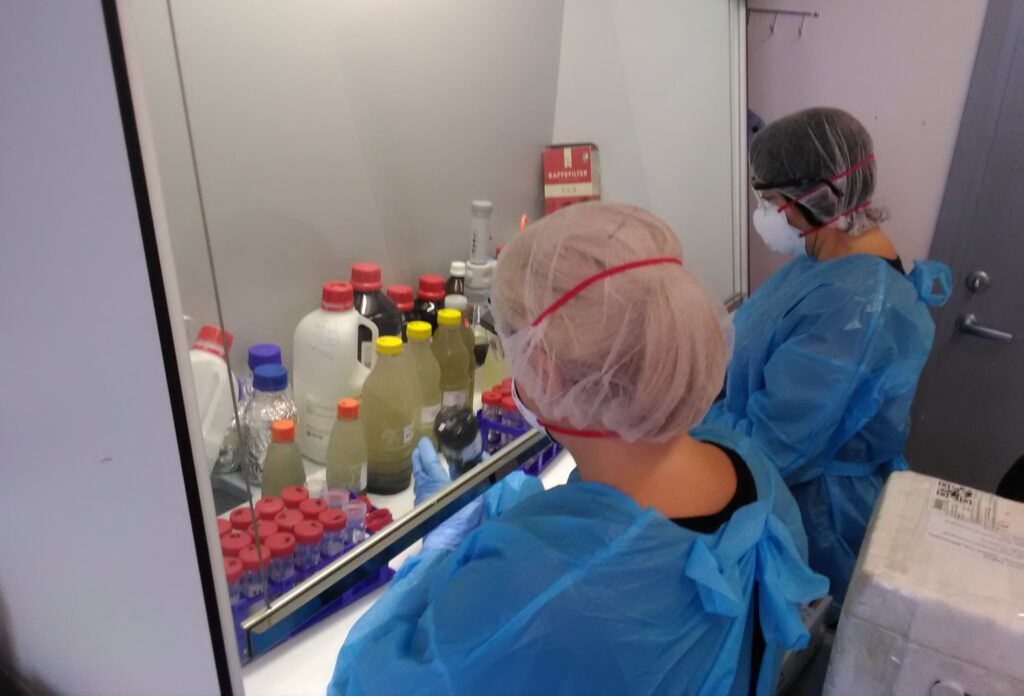While the spread of the novel coronavirus can separate people physically, researchers exchange ideas more frequently than earlier – they work to solve the problem no matter what day of the week or time of the day.
Since spring 2020, when the SARS-CoV-2 started to spread in the Western countries, researchers all over the world have turned their focus on all kinds of problems related with the virus. According to professor Irja Lutsar from the Insitute of Biomedicine and Translational Medicine at the University of Tartu and the head of the Estonian government’s scientific advisory council, so many scientific articles on the coronavirus are published that it is impossible to read them all.
“It has been said that it is also a publishing pandemic,” Lutsar said. To keep up to date, she has agreed with other members of the scientific advisory council that each member of the council would keep an eye on articles in their own speciality – knowledge is what may help solve the corona crisis.
The Estonian government has allocated €9 million for COVID-19 research
Quantity does not always mean quality, but Estonian scientists do not expect the virus to spontaneously disappear either. Even if you open the section on the University of Tartu website where news and information about COVID-19-related research is gathered, the number of projects in the list is breathtaking.
According to Taivo Raud, the head of the grant office at the university, the projects already launched by the university researchers are just the tip of the iceberg if you take all the ideas that scientists have proposed for solving the crisis – and for which they have sought funding and support in Estonia and elsewhere in Europe.
A part of the support researchers need for implementing their ideas has come from the government. Kristjan Vassil, the vice rector for research at the University of Tartu, said the Estonian government had allocated €9 million for COVID-19-related research. An illustration of the size of the amount is the fact that the entire science sector receives approximately €200 million per year. Therefore, the money earmarked for coronavirus-related research is a huge support for scientists, making it possible for them to offer new information and ideas to help the state overcome the pandemic as successfully as possible.

Although Tanel Kiik, the Estonian social affairs minister, told Universitas Tartuensis – the university’s magazine – that the government asked for help from experts to understand the coronavirus already at the beginning of the year, scientists also submitted proposals for research on their own initiative. As the proposals were numerous, Kristjan Vassil gathered the ideas and in mid-March, the university submitted a full offer to the government.
“When the crisis broke out, the university took an active stance and decided not to remain a bystander. The university went to the aid of the government,” Taivo Raud said. At the beginning, for instance, help was offered to analyse samples, but also to collect, manage and analyse virus-related data.
Wastewater speaks
Not all the proposals were accepted – for example, in spring the state did not need the possibility offered by the university to study a part of the coronavirus tests in the university’s laboratories. A number of projects, however, are under way thanks to the timely support. One of those currently attracting attention is the wastewater monitoring survey led by Tanel Tenson, a professor of technology of antimicrobial compounds. For this project, €868,000 were allocated, according to Vassil.
Tenson said the wastewater monitoring survey was inspired by his earlier research of antibiotic resistance, which focused on the drug residues passing through wastewater treatment plants. Further encouragement to try wastewater monitoring came from information he received in spring from Dutch researchers who had discovered that traces of the coronavirus were noticeable in the wastewater already before the existence of the virus was ascertained in the specific region. “Then the idea was born to try it also in Estonia,” Tenson said and added that, actually, the idea was formed together with the water department of the Estonian environment ministry.
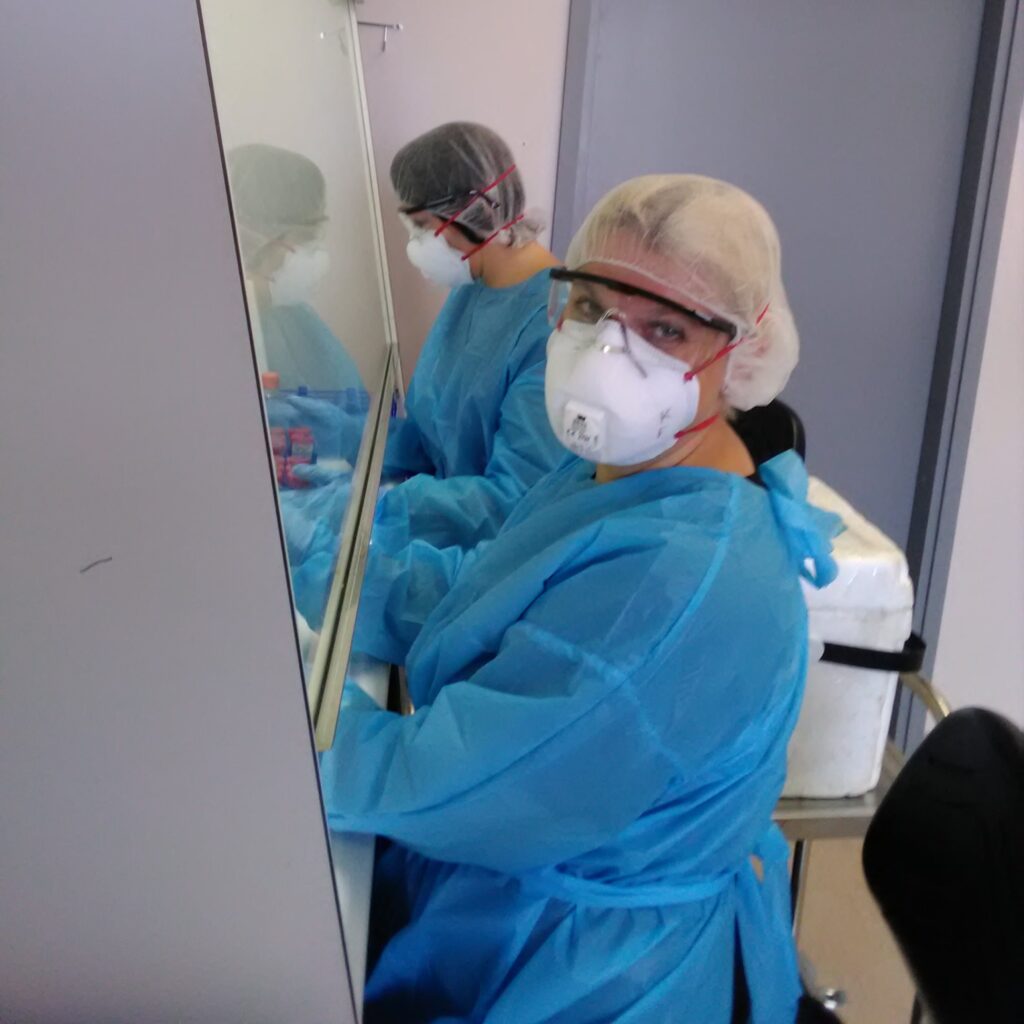
The first sewage water samples were taken in Estonia in April, yet in mid-September, researchers were still coordinating the methodology with other participants. This is why Tenson did not agree to introduce the results of the study more closely during the interview. “We currently use the results we have obtained to supplement other measures as information, which enables to more precisely direct the measures needed for controlling the virus. At this stage, it would be too early to point out any specific infection sites because that would cause unnecessary concern,” he said.
“I would say the monitoring survey has started unexpectedly well. Our findings coincide with the information given by the Estonian Health Board – where coronavirus has been found, we can also find it in the sewage. However, we also discover signs that we could not anticipate – ones that refer to the hidden spread of the virus,” Tenson revealed. “We inform the Health Board of our findings, and on that basis, the Health Board can direct their resources and recommend increasing testing in certain regions.” He added that the results are also communicated to researchers who are involved in other University of Tartu studies and who might benefit from such information – this way, for example, researchers who study the spread of the coronavirus might focus on areas in which the virus could be spreading.
By the middle of September, Tenson’s team had received samples from 20 wastewater treatment plants, but he said their goal was to collect, if possible and needed, also samples by different regions, city districts and institutions. “During the Kuressaare (a town in Saaremaa island) outbreak in spring, we were able to follow the dynamics of the infections there. Also, we could well see the processes related to the nightclub outbreaks in Tartu in August,” Tenson noted.
Tenson further hopes it would be possible to create a method that would not only ascertain the existence of the spread of the coronavirus, but would also enable to understand how many infected persons there are in the region.
Monitoring and actual situation
As the wastewater monitoring speaks of possible infections all over Estonia, the results of the survey will also benefit other scientists studying the spread of the coronavirus. Ruth Kalda, the head of the Institute of Family Medicine and Public Health, is the leader of the study on the prevalence of the coronavirus “Active Monitoring of COVID-19”, which aims to find out the actual spread of the virus and the course of the epidemic.
This research is conducted in cooperation with the research company Kantar Emor and the medical laboratory Synlab. People who are included in the random sample are sent an invitation to participate, and if they agree, they will fill in a questionnaire about their health and take a coronavirus test.
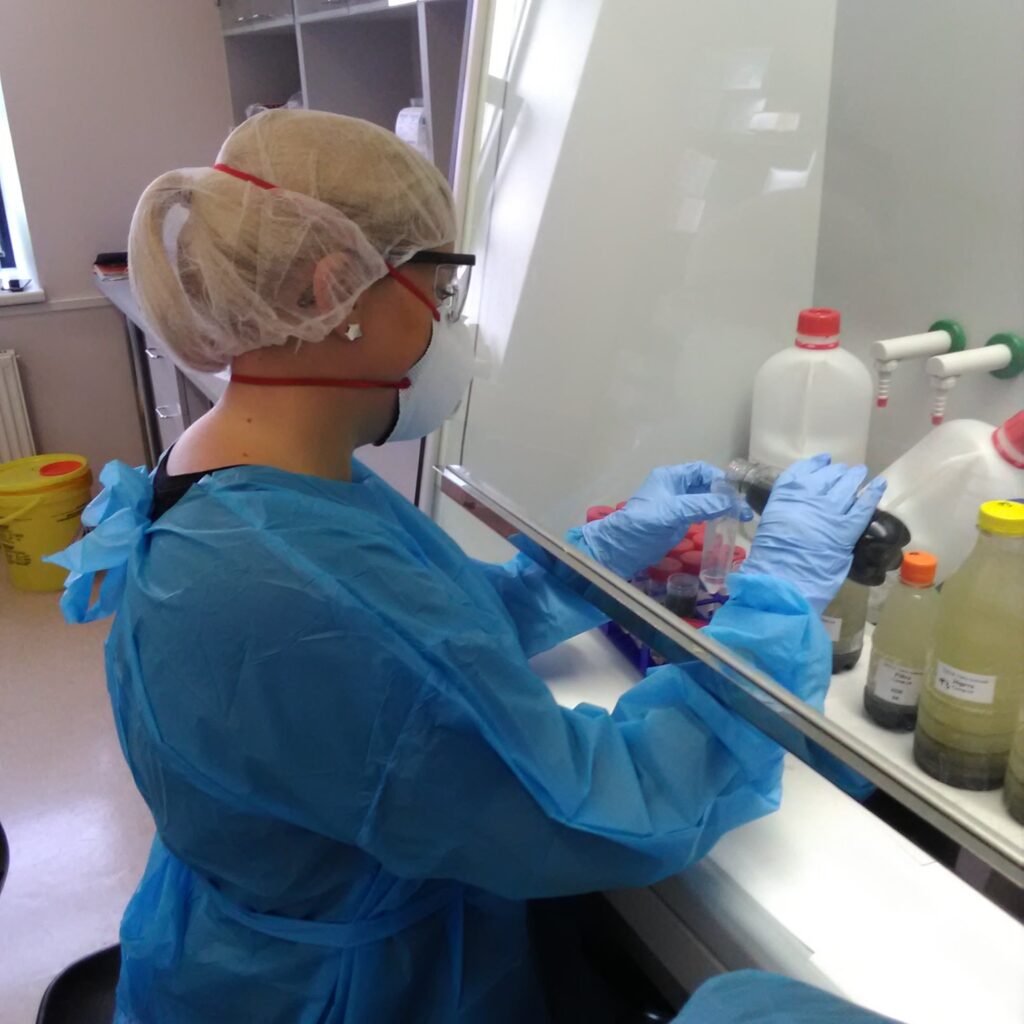
“Our study can show what the data provided by the Health Board do not,” Kalda explained. “We refer all people to take a test – including those who do not feel ill. We look at the actual situation – how many are well, how many are ill – but also how many healthy people there are who can transmit the disease. Traditional studies do not reveal such information.”
Kalda says that, although at first a proposal was made to the government to conduct a study of the prevalence of the coronavirus both over Estonia and regionally, there was no need for regional studies in spring. Regional studies were conducted in autumn in the northeastern part of Estonia, Ida-Viru County and close to Tallinn, in Harju County, where the prevalence was significantly higher.
In each wave of the survey researchers aim to interview and test 2,400 people. “Concentrating on a specific region enables to test a large number of people there and discover the prevalence in the specific region. Otherwise we would divide the 2,400 over Estonia and know the prevalence all over Estonia. A regional study is much more precise and gives more adequate information about the situation,” Kalda said.
The cost of a wave of such research is about €221,000, according to Kalda. Regardless of the cost, the research has given important information to the government. Kalda said the data was especially helpful in summer, when the easing of the restrictions was considered.
Also, the research results give an idea among whom the virus is spreading. Kalda described that, compared with the situation in spring, the research made in the autumn showed that more young people were affected, with rather easier or no symptoms.
The coronavirus prevalence research is definitely worth continuing, Kalda says. “I think the studies help us understand whether national restrictions are needed or not.”
Scientist advisors
The messages from medical scientists are communicated to the government by a six-member advisory council.
Irja Lutsar estimated that, by the end of September, she had advised the government on more than 20 occasions. “We have been involved in very many discussions. These discussions have come about as the epidemic has progressed. During the first lockdown of Estonia, the scientific advisory council had not been formed yet and we were not involved in the decisions, but we were actively present when the next restrictions were imposed at the end of March. The decision to impose these restrictions was not an easy one for the government or for the scientific advisory council, and we needed to make compromises,” she recalled.
Lutsar said one of the most complicated tasks was to think of the consequences of decisions – what the effect of one or another restriction might be. “These decisions are not easy to make, and we are not a council of clairvoyants. Other countries have not done many things in the same way either. Now it may be easier – at least one country, Sweden, took the other direction, and we will be able to see the pros and cons of their approach.”
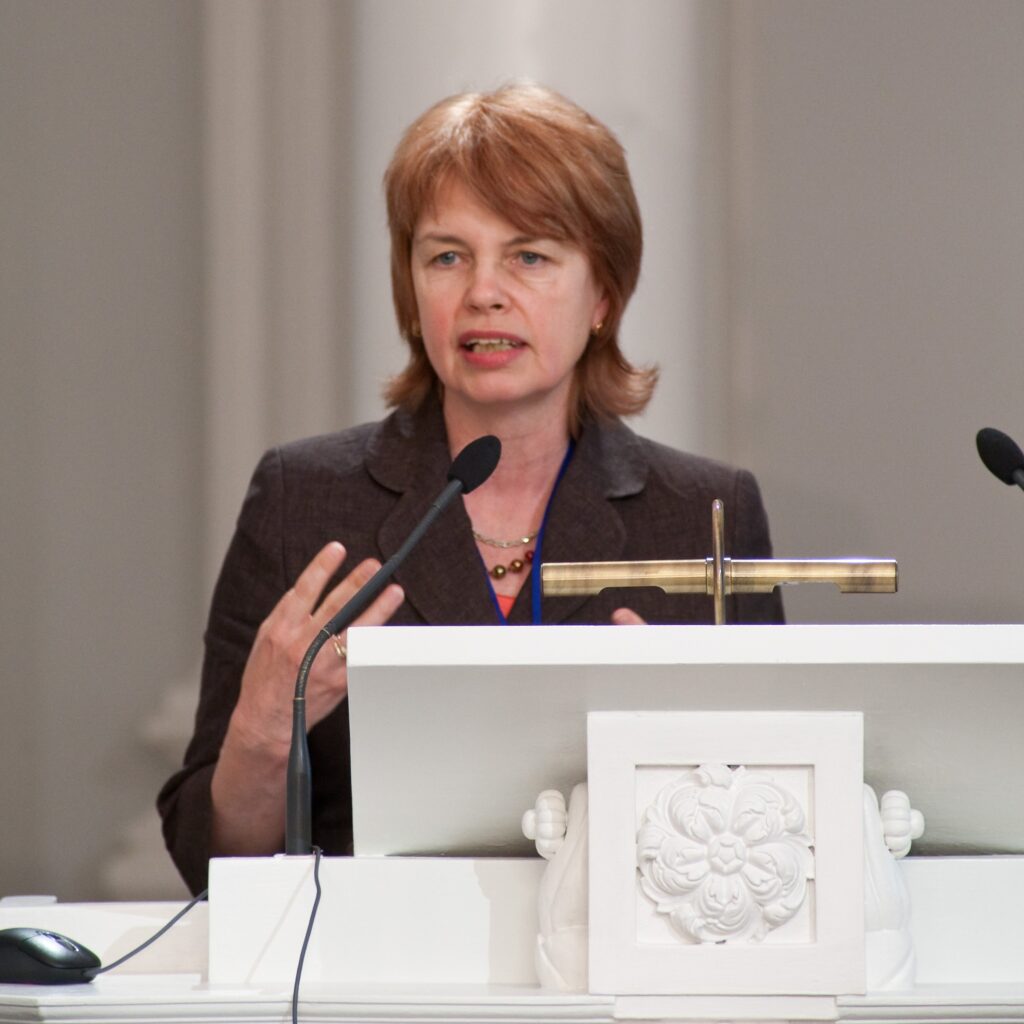
She commented on the discussions with government members that the task of the advisory council is to explain scientific standpoints. “The government members undoubtedly sense the social or political aspects better than the scientific advisory council does. These have been mutual discussions – we certainly have not forced our ideas on the government. We make suggestions, and the government makes decisions.”
According to Lutsar, she has not felt as if the government members did not trust scientists. “Sometimes they have made decisions which the scientific advisory council has not recommended. These decisions are not always understandable, for example, everyone probably knows of the issue of direct flights – we could fly to Sweden for two weeks, then the flights were discontinued again. This decision had no basis in science. It has a different basis but I do not know what basis.”
Thirsty to discover
The researchers who talked to the journalist of Universitas Tartuensis expressed their willingness to help the country also in future to solve problems. Thinking about the situation in society and looking for cooperation possibilities with the authorities is, according to Kristjan Vassil, one of the main reasons why the university exists. “We have a strong social mandate and responsibility to ensure that the knowledge generated for public funds within the walls of the university would benefit the public.”
Several interviewees pointed out that, from the beginning of the virus outbreak already, many researchers of the university worked day and night to find solutions, often even unaware whether their projects would be funded. “I would like to emphasise, first and foremost, that I have asked very many people for advice and help and none of them has refused or said that it was Saturday evening or Sunday morning and it was their day off. The commitment of the University of Tartu scientists is truly unbelievable,” Lutsar noted.
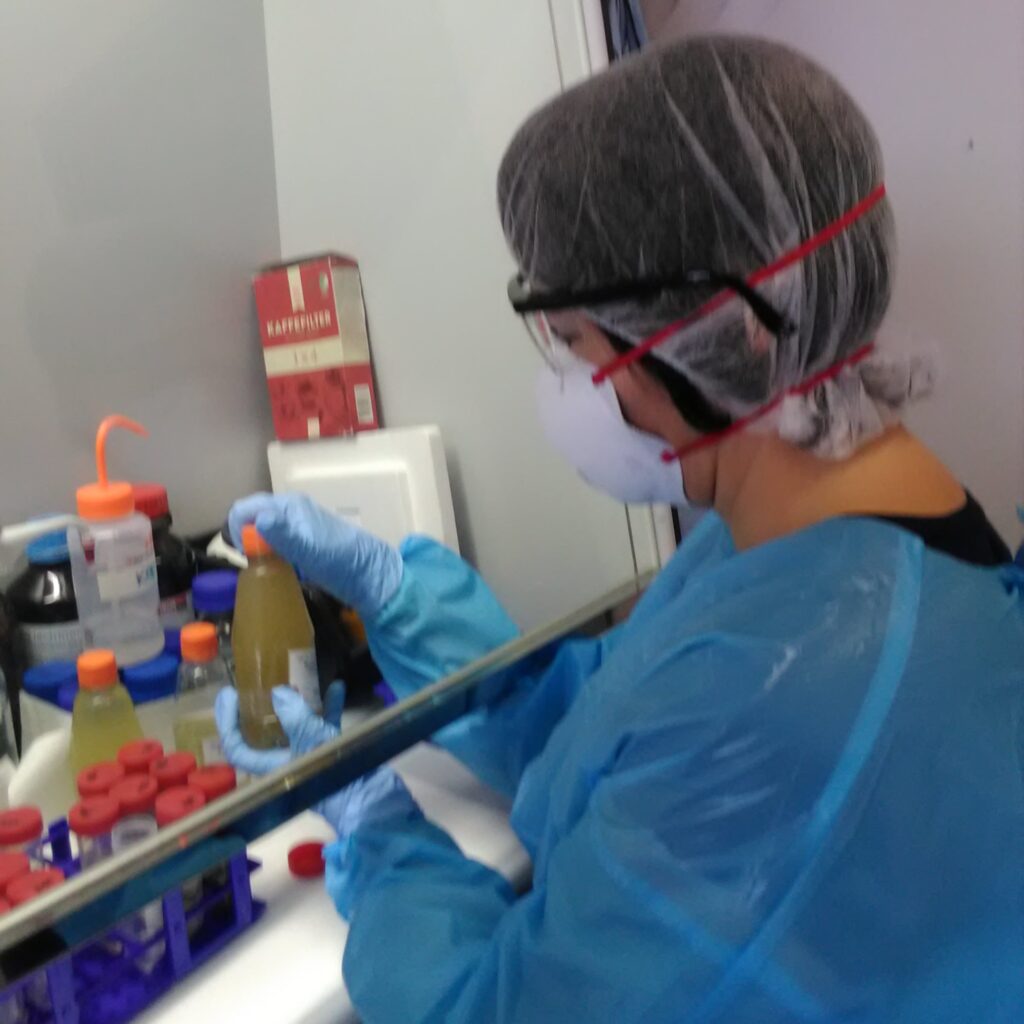
Representatives of the university believe that other relevant authorities might take over and continue the launched research studies. “University scientists do not have to do routine monitoring surveys, which may be worthwhile and important, yet trivial. Our mandate is to create new knowledge,” Vassil said. He is convinced that as soon as the method and system of research is ready, it would be wise to let researchers focus on discovering new knowledge.
Has future cooperation been discussed with the authorities? “Well, when you are drinking water from the fire hose you do not think that you might also like some blueberry dessert in future instead of the pressurised water. We have not reached such discussions yet, because we need to get ongoing things done now,” Vassil said.
The coronavirus has tightened cooperation with the Health Board
According to Merilin Vernik, the media relations advisor at the Health Board, coronavirus-related projects have enhanced collaboration with the university. “The Health Board supports the university with data. For example, the university conducts a monitoring survey – we regard it very useful,” she said. The scientific advisory board, formed of scientists to advise the government, supports the Health Board, for example, when expert advice is needed.
When asked about possible future cooperation, Vernik answered that there were possibilities but these depend on the applicability of the projects. “Naturally, we are open to all kinds of cooperation, because cooperating with the University of Tartu has been fluent so far. In the current situation we cannot precisely predict how the research projects are going to be divided. The most important is to implement research in real life.”
Cover: Scientists in action. Photo by Veljo Kisand.

